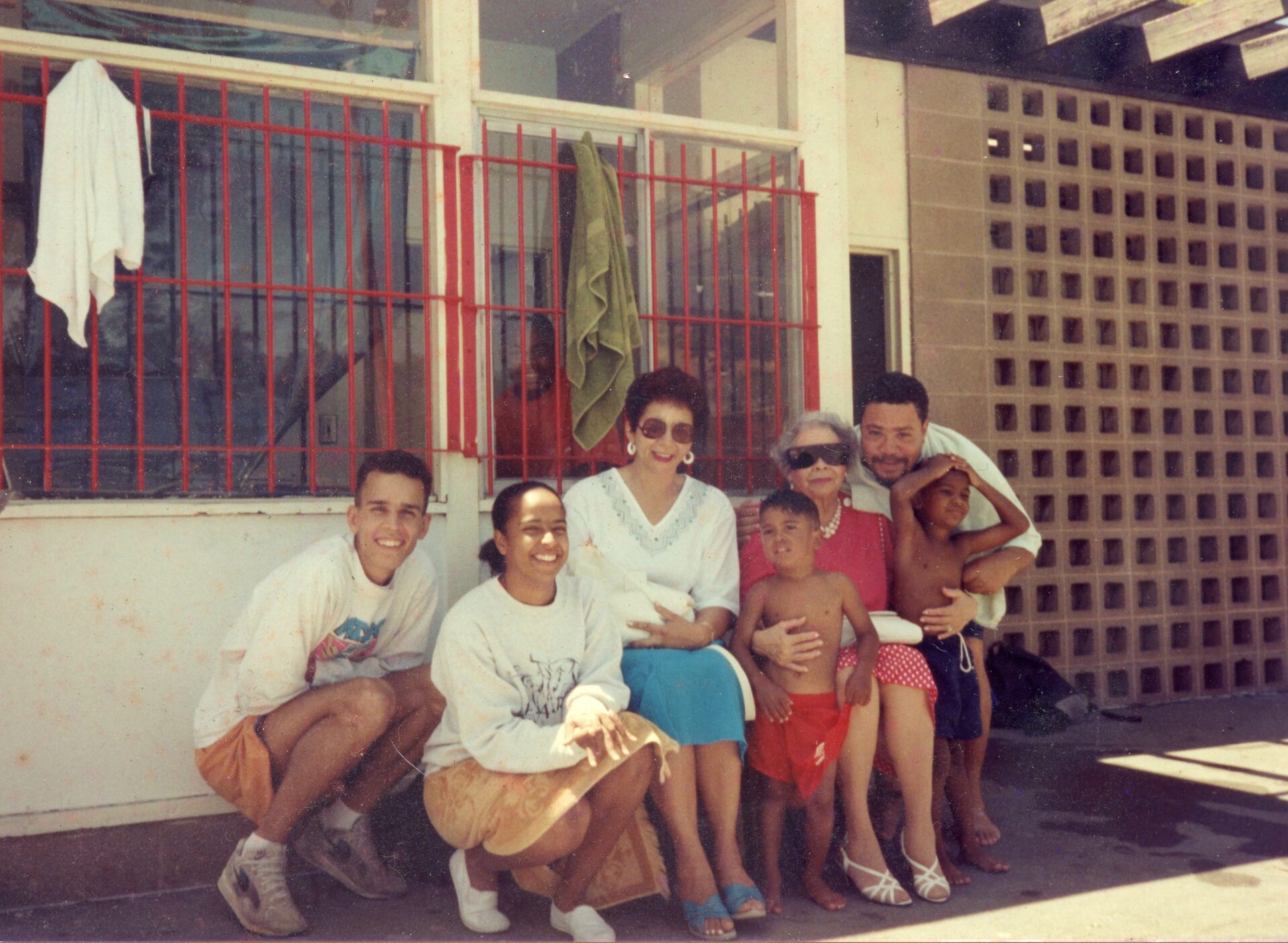
Embodying Connections: A New Look at the Gary Davis Photo Collection
In 2021, Gary Davis graciously donated his collection of family photographs to the Watkins Museum of History. Davis’ collection pays tribute to the lives and legacies of his ancestors, which include the Davis, Logan, and Taylor families, all part of the Black North Lawrence community. Displaying the collection is significant because it highlights a counter-narrative to portrayals of Black family life typical in the late 19th and much of the 20th century.
Listen to Gary Davis share a few words about the exhibit Familiar Faces: The Gary Davis Photo Collection on his trip to Lawrence in the summer of 2022.
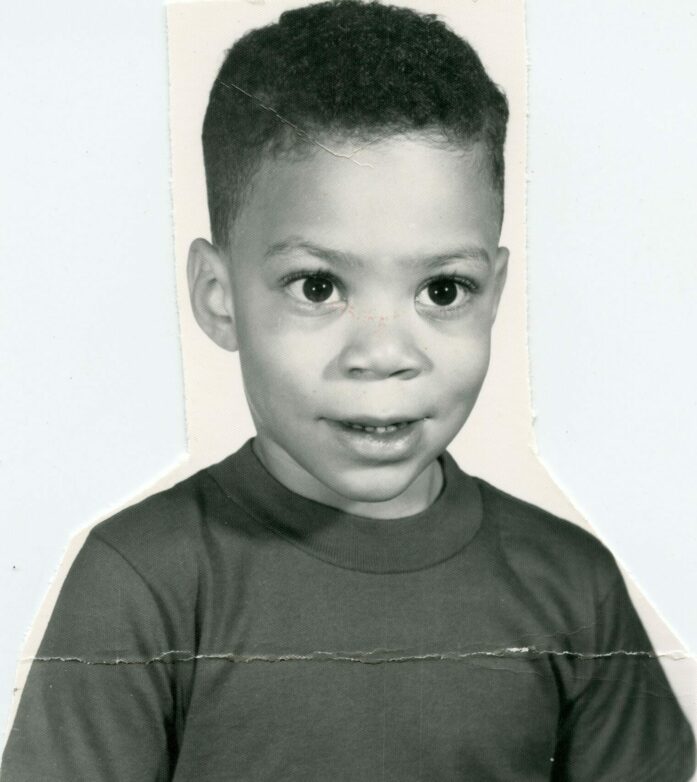
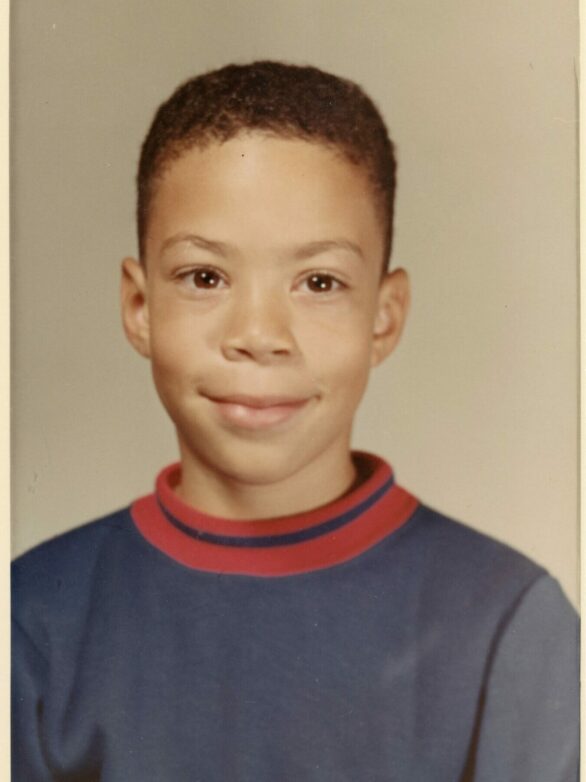
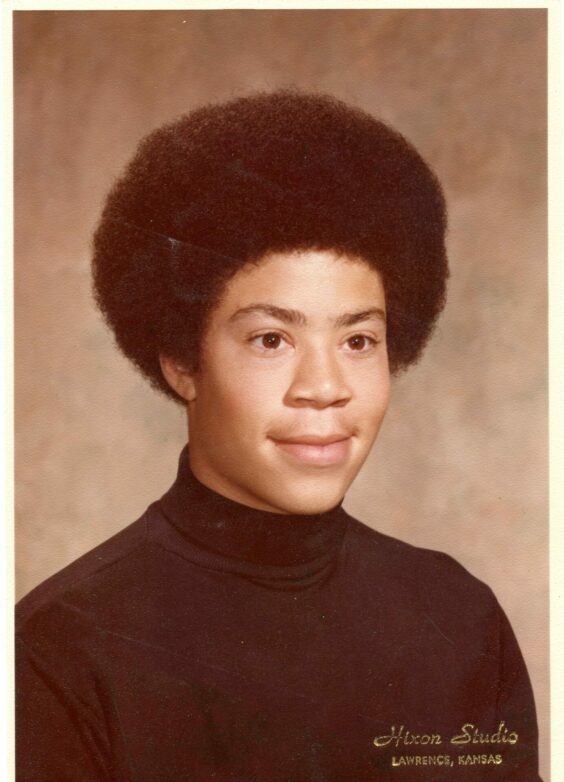
Embodying Connections: The Gary Davis Photo Collection
The Gary Davis photograph collection shows generations of Black family and friends in North Lawrence. In these images we see the subjects relaxed and unguarded as they spend time with loved ones, celebrate milestones, and take part in leisure activities such as travel. Through this display, we will explore how these rare photos show a unique, personal view of Black lives in North Lawrence.
Embodying Love: How Words Bridge Distance
This postcard highlights how family members reassure each other of their safety and well-being. Though separated by five hundred and forty miles, Kittie’s note to her cousin, Mrs. Martha Taylor, communicates the deep affection shared between the women. This postcard highlights the enduring emotional bonds rarely shared outside of close-knit Black families.
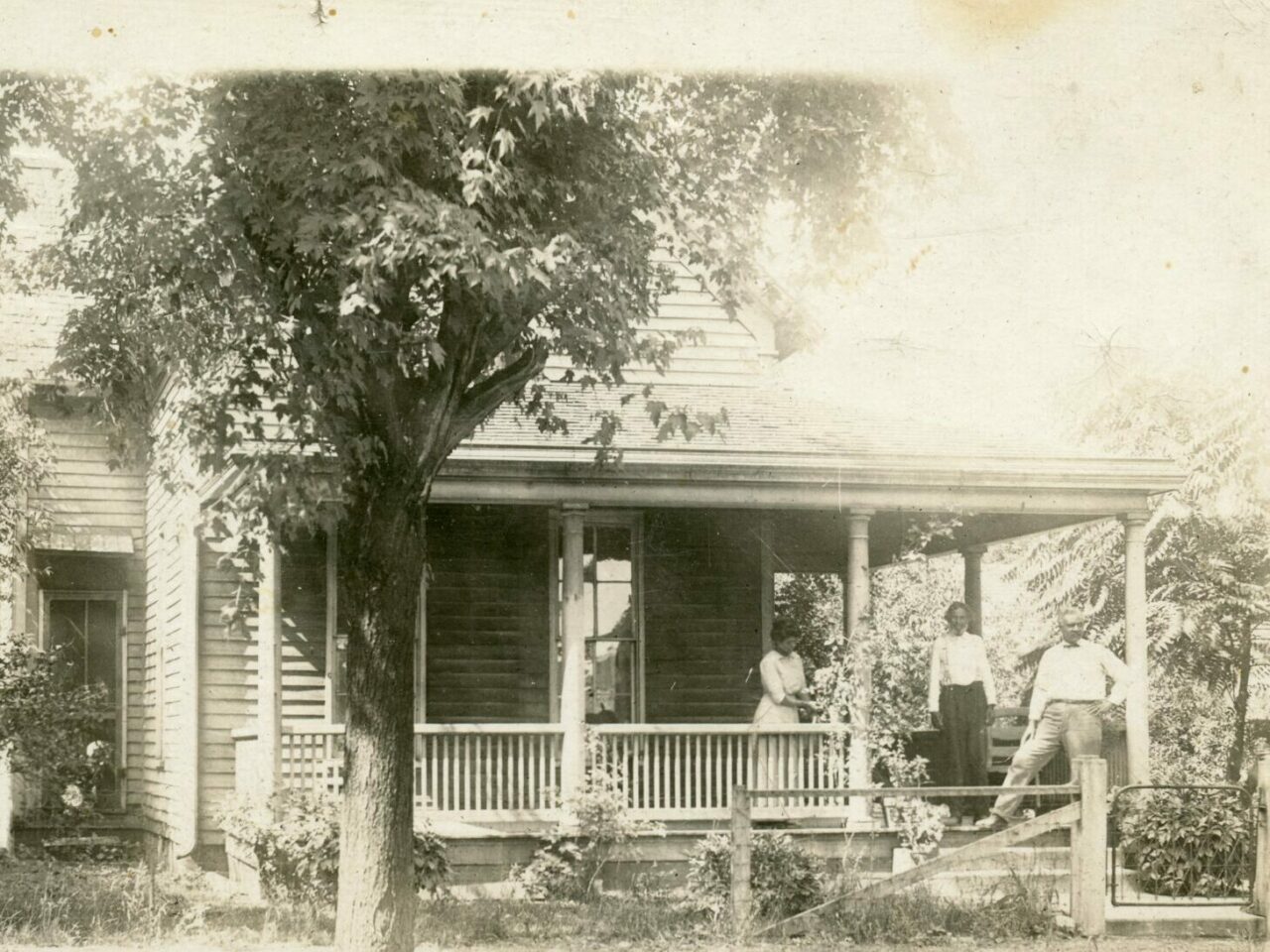
“My dear cousin, I received your kind sweet letter and am sending you a card with the picture of my home. One of the men is my husband, one is an old retired farmer who [lives] next door and myself. The fellow with his arms akimbo is David. i will write you a long letter. Love to [all from] your loving cousin Kittie. Love to Billy and children.”
Backside of postcard, early 1900s.
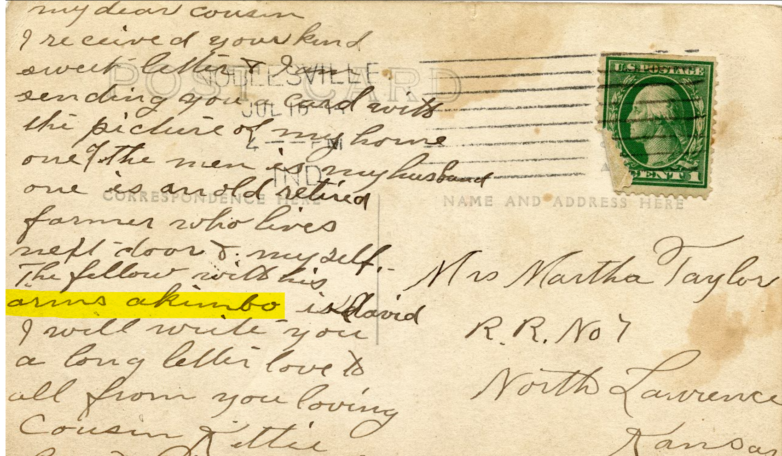
Embodying Sisterhood: Women in the Family
The Gary Davis photo collection captures how bonds of sisterhood bolstered generations of women. With their family and friends, these women were free to be their true selves, embodying joy, and self-confidence, secure in their connections with each other. From the photo of the Stewart sisters in the 1880s to Marlene Davis with her friends in South Park in the 1950s, these images provide a peek into the relationships that sustained three generations of women in the Hill and Davis families.
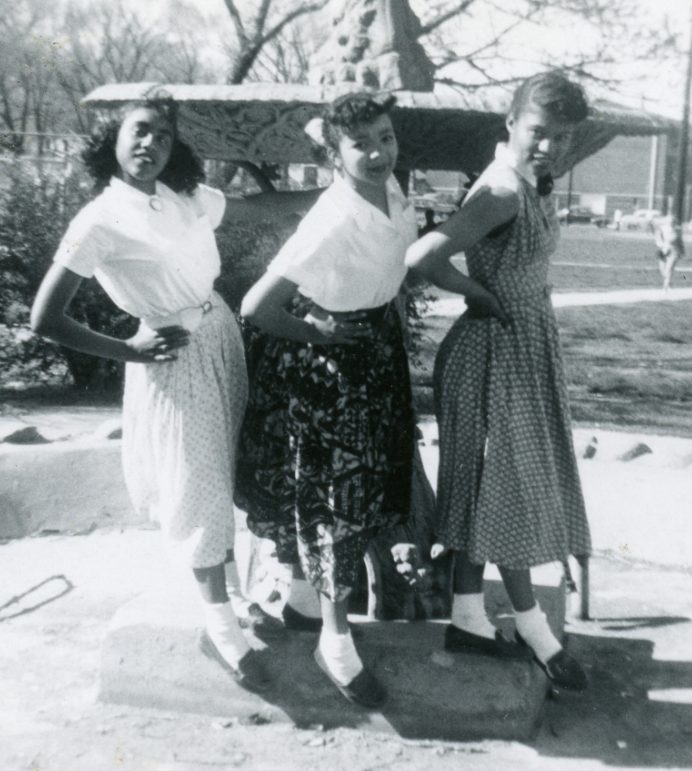
Charlotte Hill, Shirley Wilson, and Marlene Davis strike a pose in front of the fountain in South Park. The three girls show viewers a glimpse into the lives and personalities of young Black girls living in Lawrence during the 1950s. Their hands are on their hips, and their heads are on a high sight line that evoke confidence. Their poses communicate an understanding between them, and deviates from the historical perception of the time.
Marlene Davis, Shirley Wilson, and Charlotte Hill in South Park.
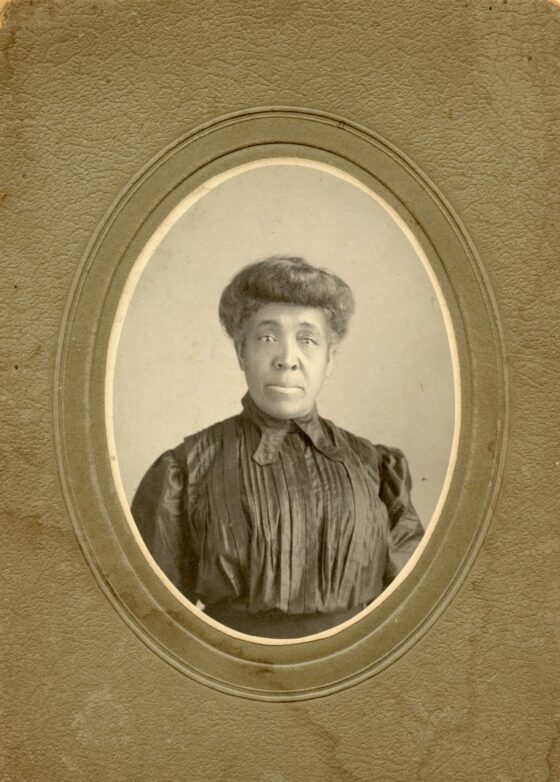
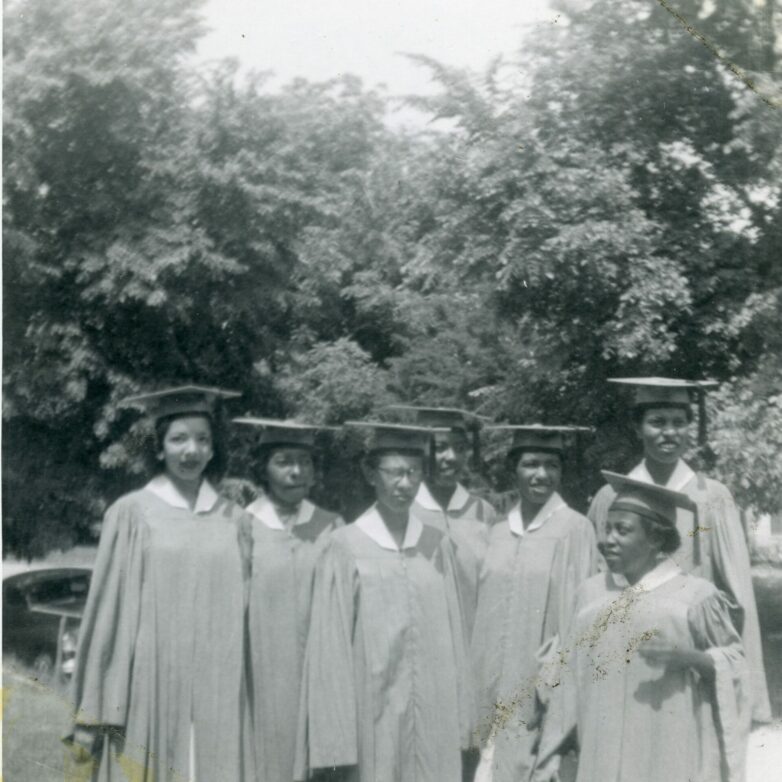
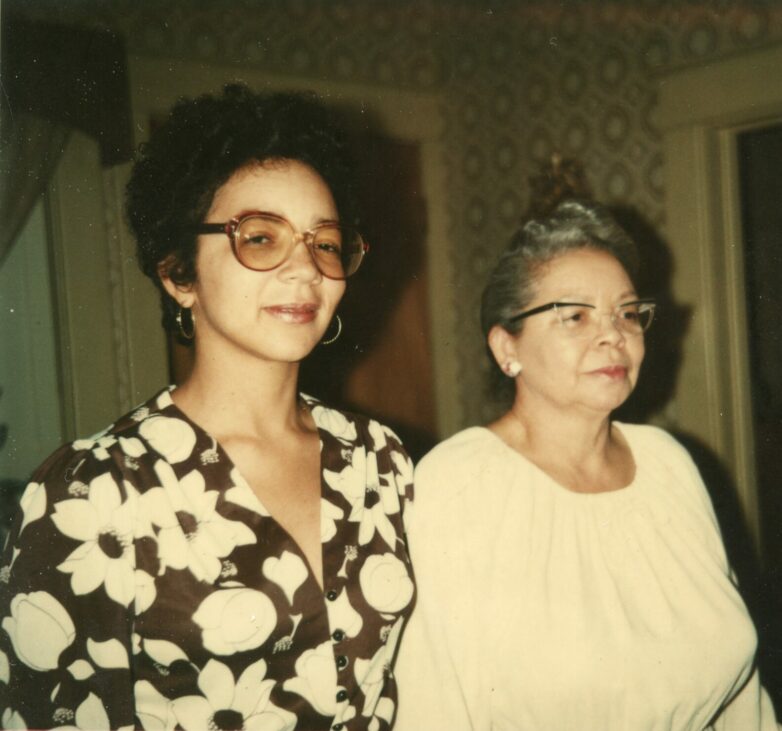
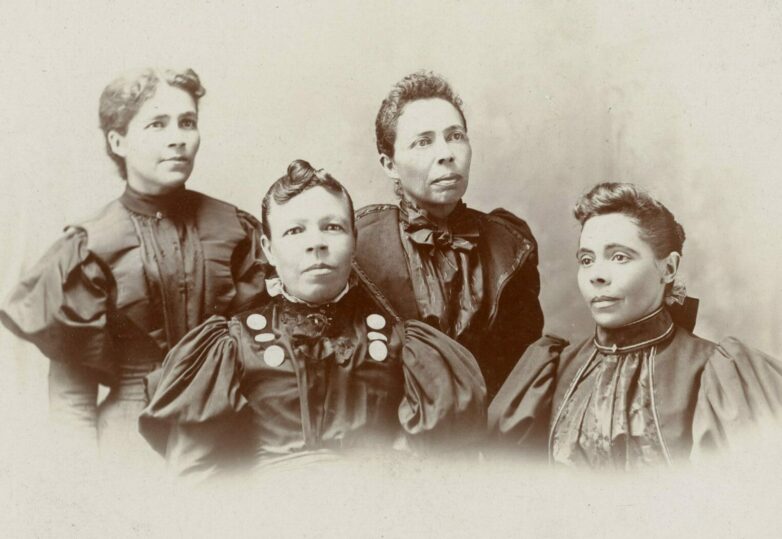
Embodying Memory: Still Moments
As it was for many families, cameras were ever present at celebrations, holidays, and in capturing joyous times. The Gary Davis photo collection provides insight to personal moments normally reserved for close family and friends. These images illustrate the bonds between loved ones through physical touch, smiles, and relaxed, natural poses. Ensured of the strong foundation their family provided, they navigated their world with confidence.
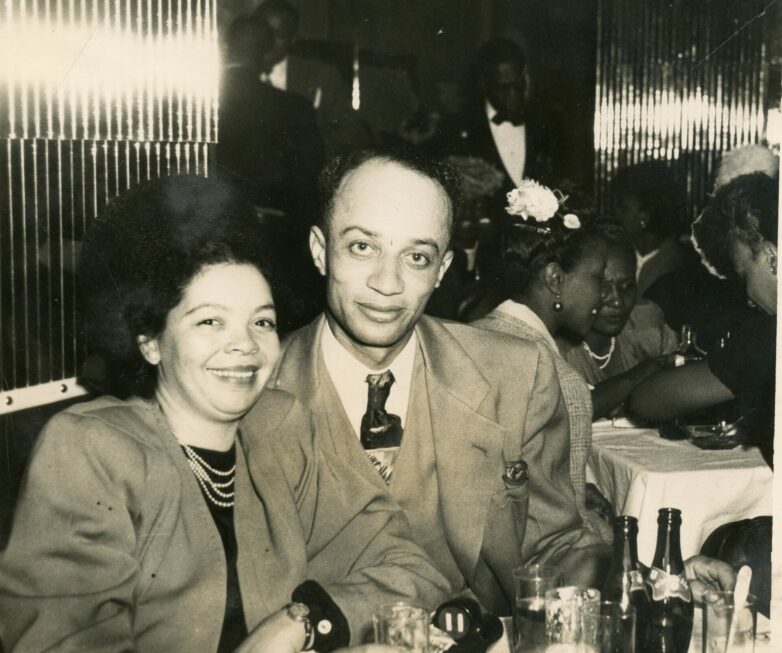
The Rhumboogie Club was opened in the 1940s by famous American boxer Joe Louis in Chicago, Illinois. Louis created the club for Black Americans to enjoy a luxurious experience. Gary Davis’ parents, Elaine Hill and Raymond Davis (pictured left), were photographed inside of this famous venue. Although the club operated for a short period of time, this image freezes a lively moment shared between the couple. A 1943 musical short film, Rhumboogie, depicted the club at the height of its popularity, preserving the feel of the club for viewers today.
Elaine Hill and Raymond Davis at the Rhumboogie Club,1940s.
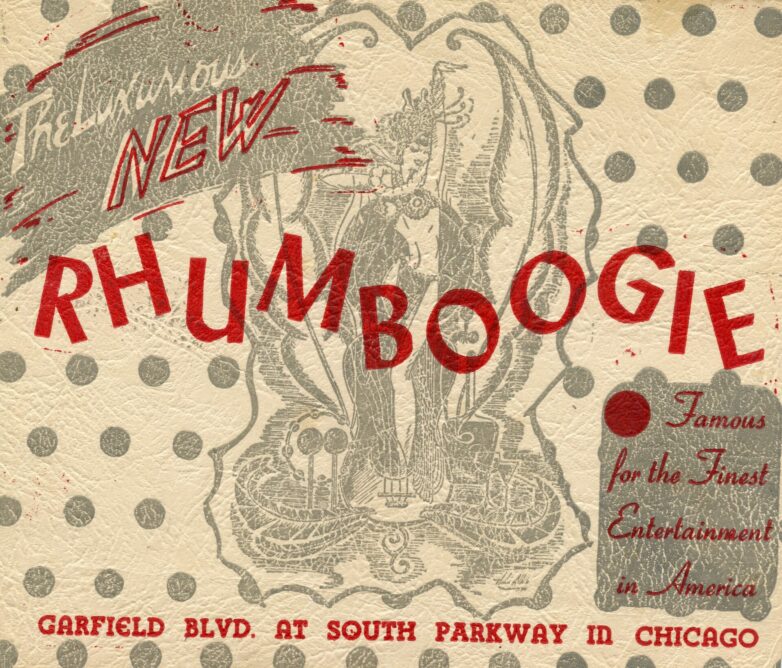

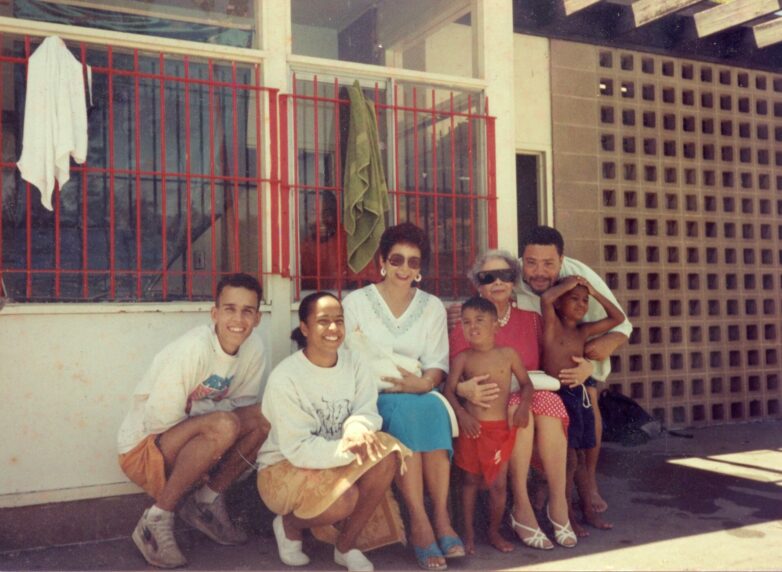
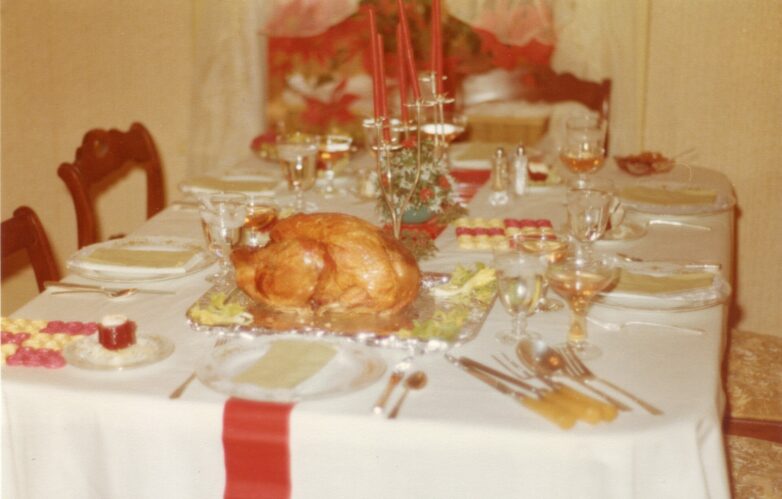
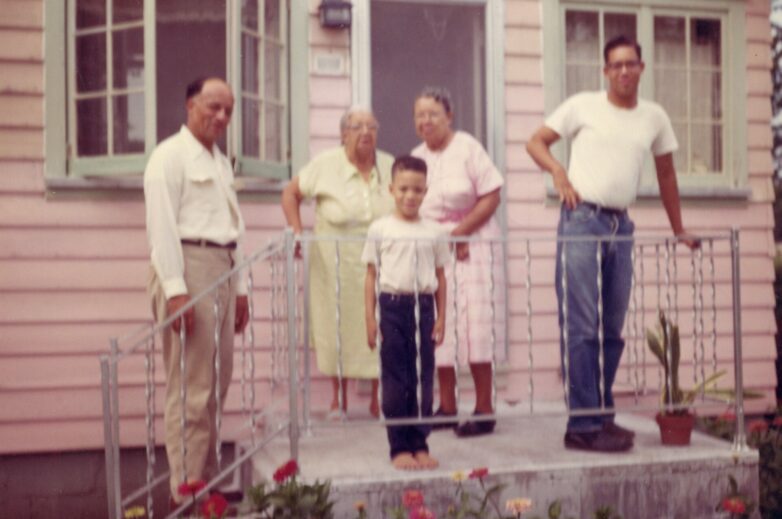
Embodying Style: Studio Portraits
Photographs can act as portals to the past. Through them, we learn about people’s lives and loved ones. We see changing fashion trends and hairstyles. The Gary Davis photo collection provides valuable insight into the personal identities of each photographed family member. Individual portraits highlighting achievements, personality, and grace in aging. Group family shots portray the close familial bonds, with some images showing three and sometimes four generations of family together.
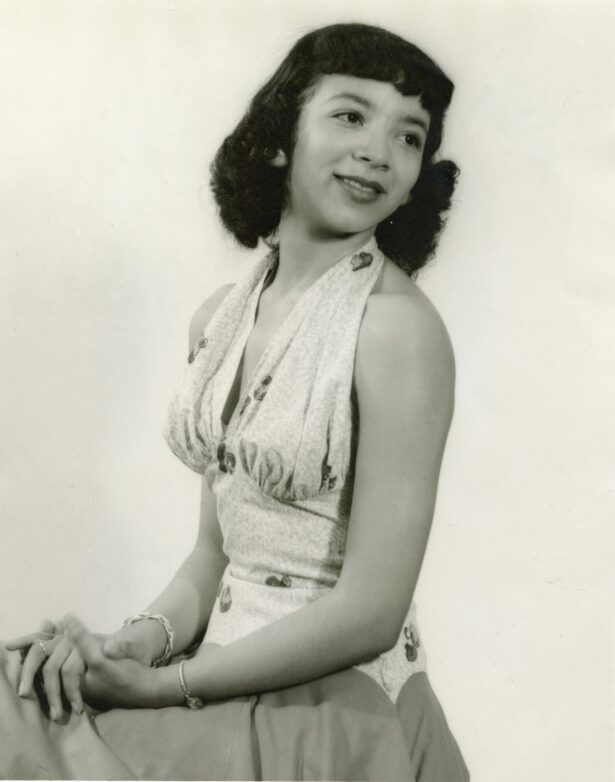
In this image Marlene Davis modelled a common pose used for young women’s school graduation photos. Poised and studious but still holding a casual smile, Marlene’s pose communicated confidence and promise for her bright future. Posed studio photographs changed over time. Think of your own graduation photos. Was your pose more formal, similar, or more casual?
Marlene Davis,1950s.
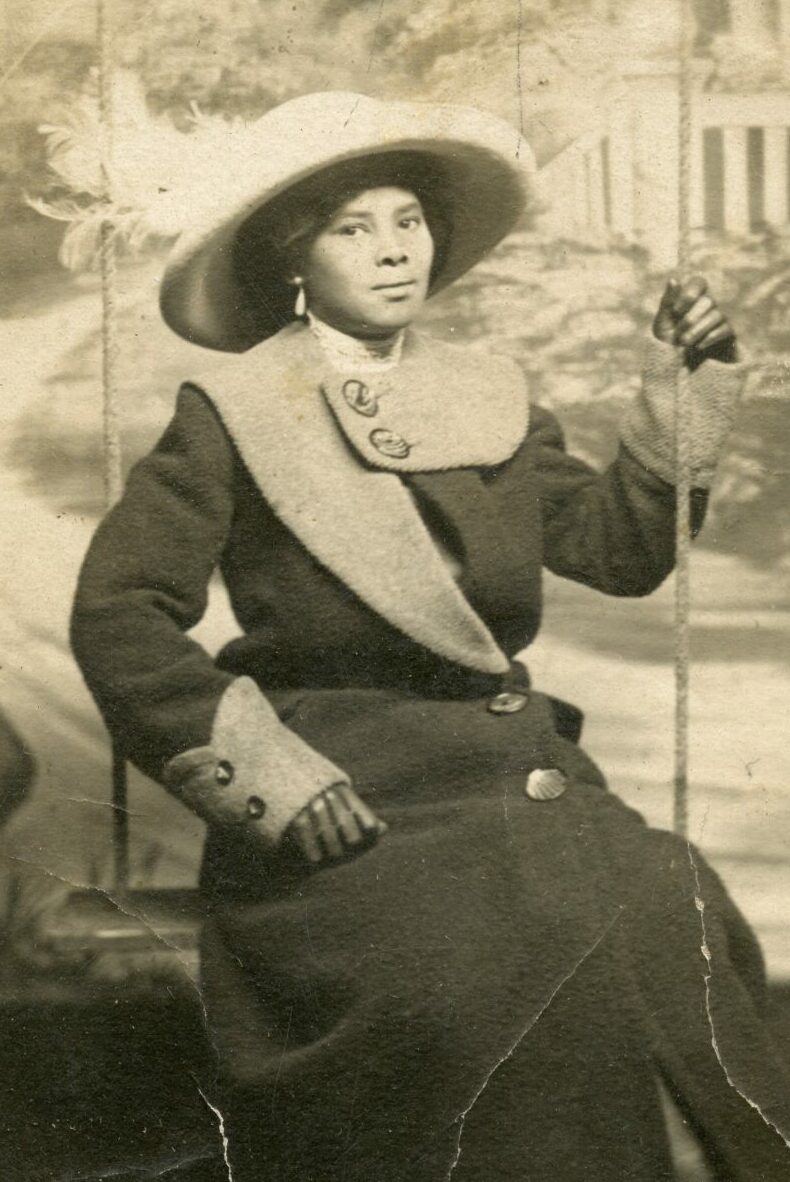
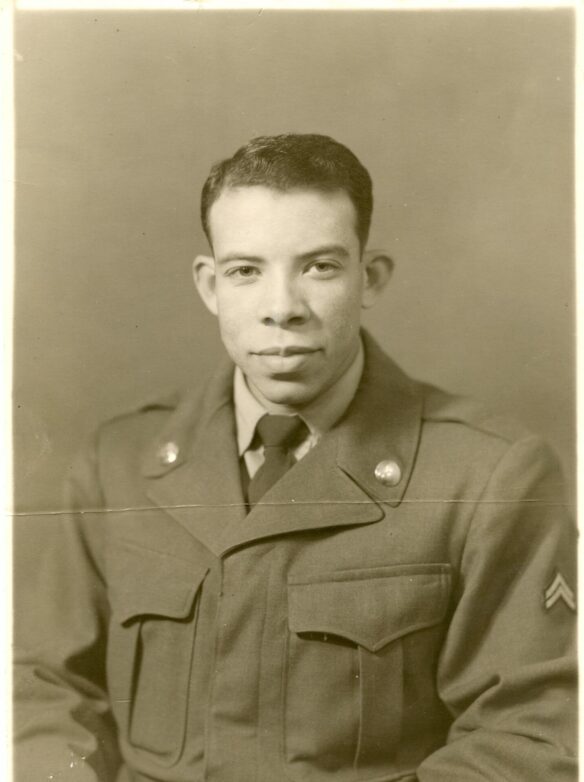
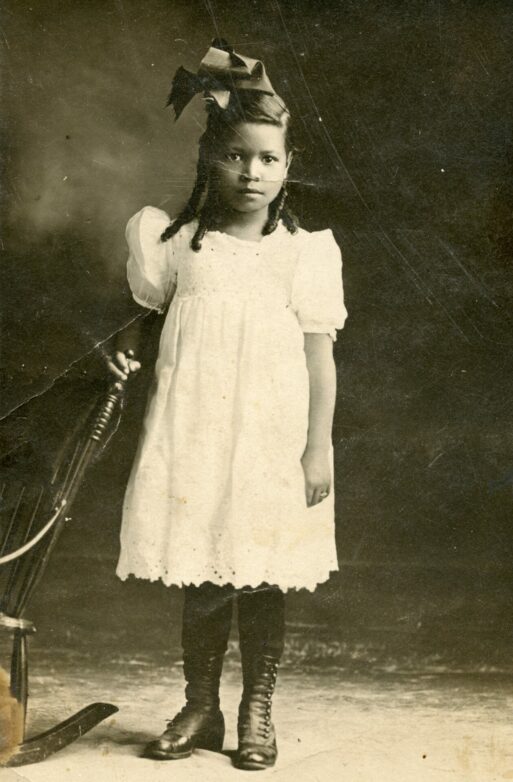
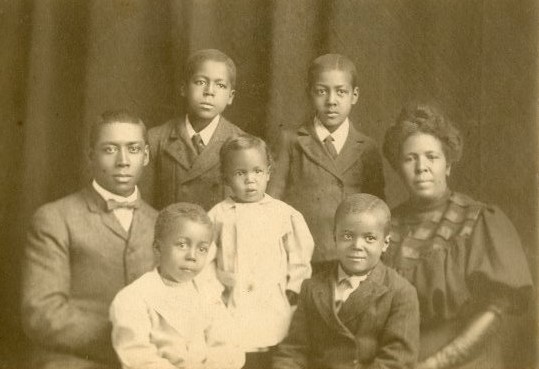
While preparing Watkins Museum’s exhibit Familiar Faces: The Gary Davis Photo Collection, it was clear that the stories and images shared would resonate beyond the gallery. The moments preserved in the Gary Davis collection reflect the lives, family histories, and achievements shared by many Black families in North Lawrence. Embodying Connections: the Gary Davis Photo Collection explores the continued legacy of the Hill/Davis family images and how they continue to resonate today.